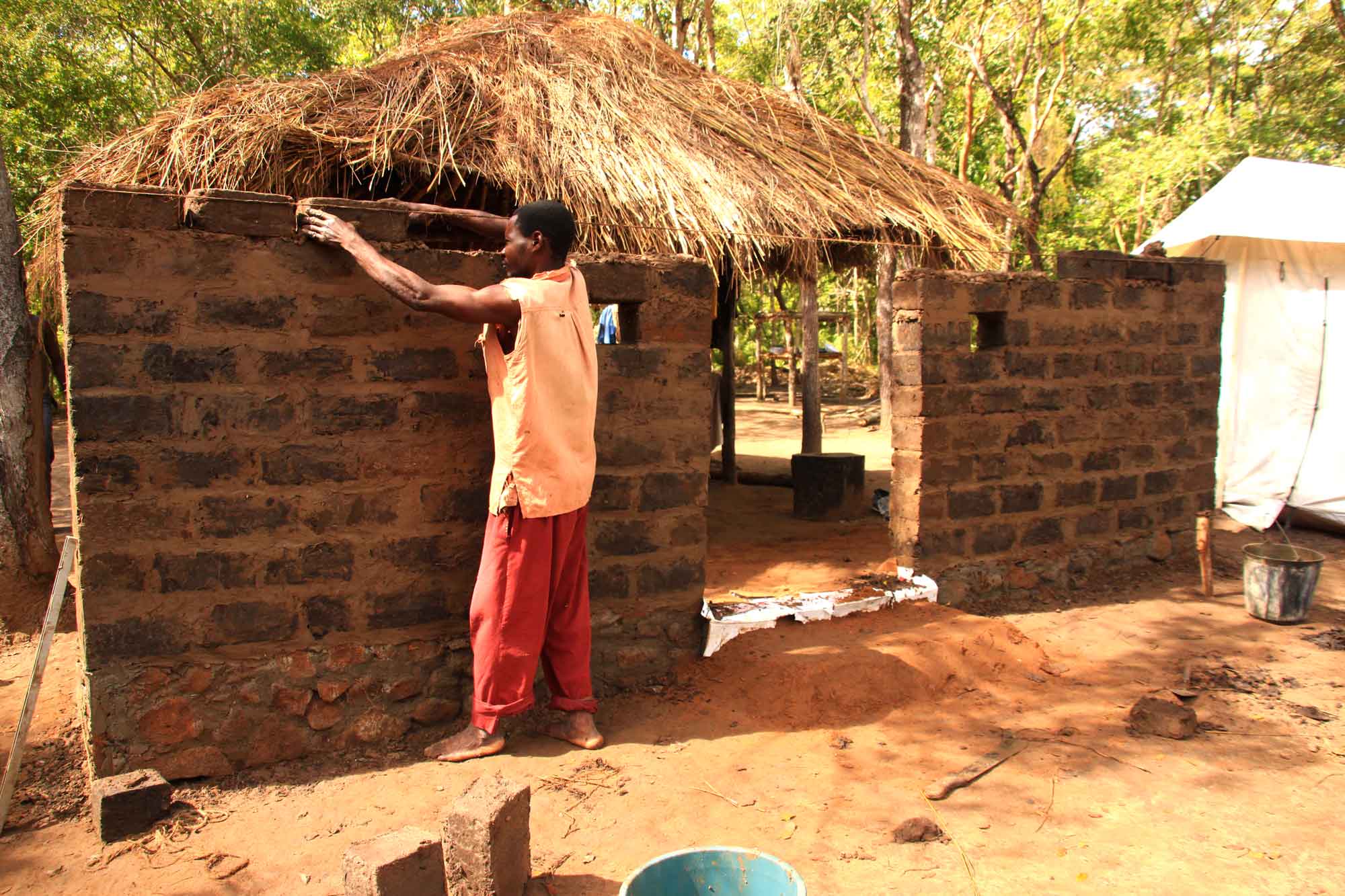
NHAFUBA
Nhafuba, Mozambique. 2011
The TIBÁ team spent 4 weeks in the jungle near some hot springs, working with a community on the reforestation of their lands and the construction of a spa to attract tourist and create a boost to the economy. Having no material store nearby, it was a bio-architectural building in its most pure form. Everything had to be made on location; hence the environmental impact was close to zero. We adapted the same local techniques: straw, stones, wood and adobe.

The
hot springs of the Etusi River.

 Producing
adobes using abandoned termite hill earth.
Producing
adobes using abandoned termite hill earth. 
Cement,
building scraps and wood walls as seen in the shanty towns of Quelimane.



Peter Van Lengen building the first African Bason.

Hotel
Chuabo in Quelimane, an example of Mozambican-Portuguese architecture of the
60's.

The
biological filters, guaranteeing absolutely no water pollution.

Our
kitchen.
 Example
of rural Zambezian house, straw and wattle-and-daub.
Example
of rural Zambezian house, straw and wattle-and-daub.  Another
earth home, this with three different types of soil used for plastering.
Another
earth home, this with three different types of soil used for plastering. 


Provisional
bath which was built for use during the project.

Forest
gardening.


The
main hall of our project. Lakalaka are the rafters and Mushem, the dark earth
of the termite hills.



